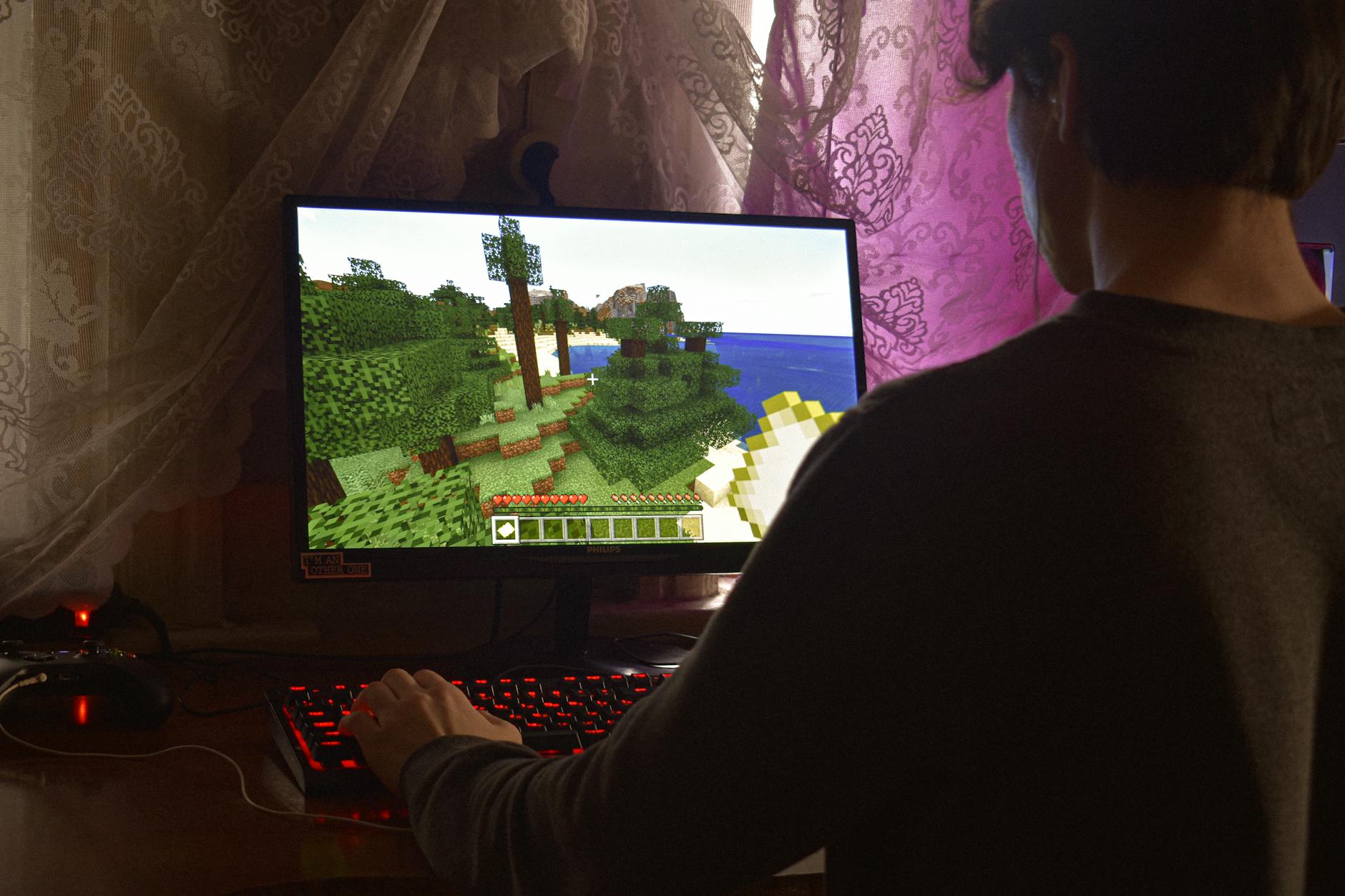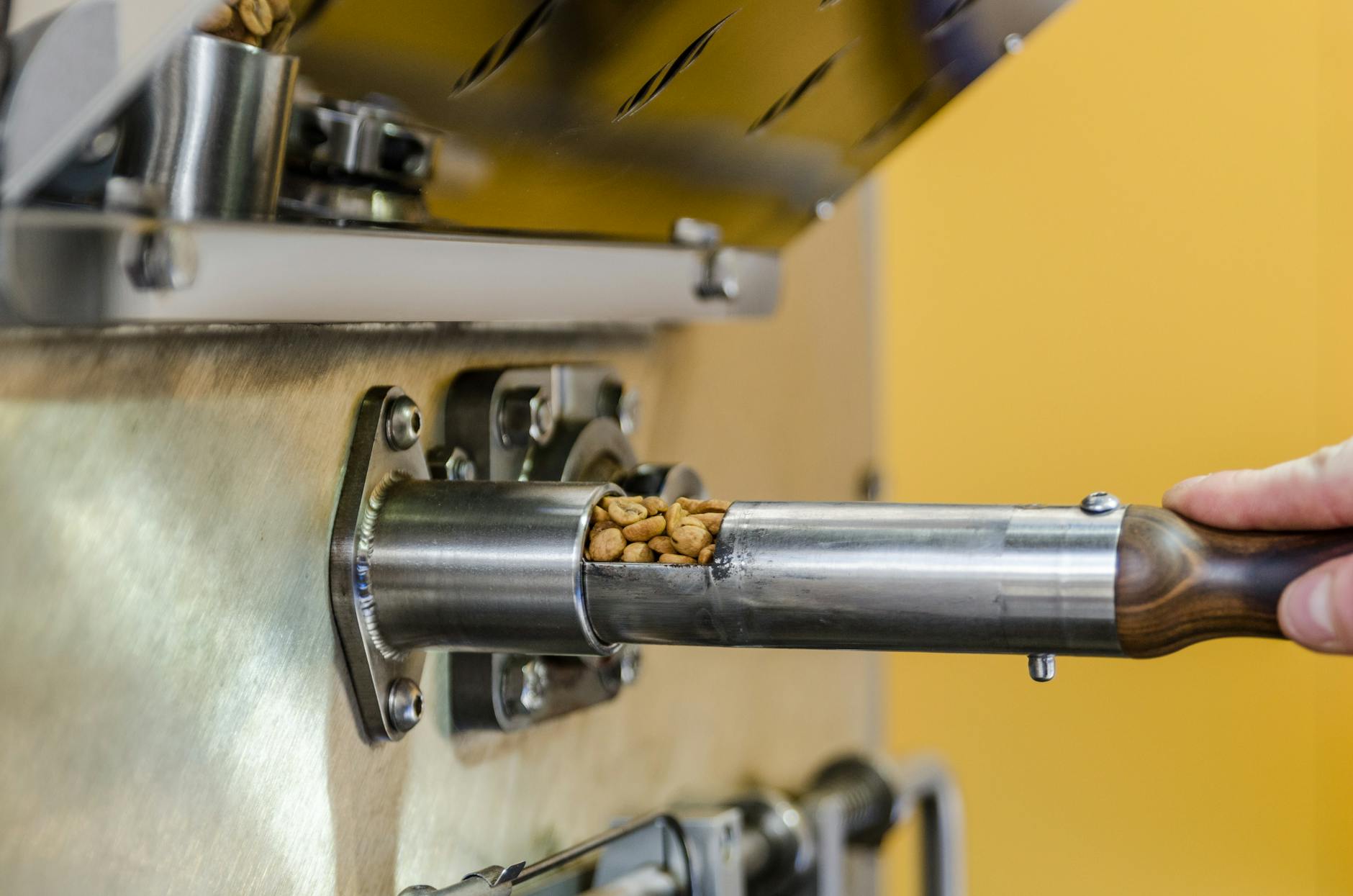Is Australia Leading the Way in Sustainable Interior Design?

Exploring Sustainable Materials
Materials selection is central to creating eco-friendly spaces, and this holds true for sustainable interior design practices in Australia. When considering sustainable materials, there's an emphasis on locally sourced options and renewable materials, ensuring minimal environmental impact and supporting local economies. For example, Australian designers often incorporate native timbers like blackwood and spotted gum, known for their beauty and sustainability. These materials are easily accessible and have lower transportation emissions, contributing positively to the carbon footprint.
Renewable material choices extend beyond wood. Bamboo, with its rapid growth cycle, stands out as a favourite. Its versatility means it can be used for flooring as well as stylish furniture pieces. Another fascinating innovation is in fabrication, where recycled materials are transformed into new, luxury design items. This approach not only reduces waste but also introduces unique textures and aesthetics to spaces.
When I think of design inspiration, I'm reminded of the Powerhouse Museum in Sydney, which showcases innovative uses of sustainable materials in design. By incorporating elements from such landmarks, designers are able to create spaces that are both functional and environmentally responsible. As we move towards a more sustainable future, these practices highlight Australia's leadership role in interior design, offering rich examples of how eco-conscious choices can be seamlessly integrated into modern aesthetics. The inclusion of high-quality AV cables can also play a crucial role in ensuring a minimalistic yet efficient setup for tech-integrated homes, maintaining both style and practicality.
Eco-Friendly Design Practices
Energy-Efficient Layouts
When it comes to designing energy-efficient spaces, effective layout choices can significantly impact the energy consumption of your home or studio. Strategic planning around ventilation and air circulation reduces reliance on artificial cooling and heating. Ideally, designing spaces that channel the natural breeze can maintain comfort without excessive energy use. Consider incorporating energy-efficient elements like a motorised projector screen that lowers energy consumption during use.
Utilizing Natural Light
One of the easiest ways to incorporate sustainability into your design is to make the most of natural light. Positioning workspaces near windows or using light-diffusing curtains enhances natural brightness and reduces dependency on electricity. Skylights are another excellent option, especially if you're working in an enclosed area. Whether you're in a bustling hub or a calm coastal town, harnessing sunlight can be both eco-friendly and cost-effective.
Water-Saving Installations
Implementing water-saving technologies is crucial for any eco-conscious design. Opt for low-flow taps and dual-flush toilets to reduce water usage significantly. The inclusion of rainwater tanks and greywater systems can also mitigate the impact on natural resources. These installations can be both functional and stylish, perfectly at home in a setting inspired by the designs seen at the Powerhouse Museum in Sydney. By embracing these practices, you contribute to a sustainable future while creating an inviting and contemporary space that aligns with modern design principles.
Trends in Australian Interiors
Minimalist Aesthetic
In recent years, the minimalist aesthetic has captivated the hearts of many Australians seeking solace and simplicity in their living spaces. As an experienced beauty consultant from Sydney, I've noticed this trend mimicked in both fashion and design—be it the streamlined interiors or the clean, natural makeup looks popular at professional cosmetic workshops. The appeal lies in the harmonious balance achieved through space, light, and functional pieces. A minimalist home often spotlights neutral tones with carefully selected statement items, making every element intentional and reducing visual clutter.
Biophilic Integration
Drawing inspiration from nature is an increasingly popular trend known as biophilic integration. It's not just about adding a splash of green with potted plants; it involves designing a space that fosters a connection to nature. This movement often showcases natural light and ventilation, and uses materials like wood and stone. At The Star's event spaces in Sydney, you might notice this trend with living walls and expansive windows that usher in the outdoors. Such design not only beautifies the space but also improves one's wellbeing by reducing stress and enhancing creativity.
Upcycling Heritage
The art of upcycling is gaining momentum, and for those of us in creative sectors, it presents an opportunity to repurpose and honour Australia's historical charm. This trend breathes new life into ageing materials and furniture, marrying sustainability with nostalgia. From the vintage pieces found in a bustling market to family heirlooms revamped for modern use, this practice is both eco-conscious and deeply personal. The Museum of Contemporary Art, renowned for its design workshops, often emphasizes this approach, turning what was old into modern treasures. Incorporating elements like acoustic panels in these upcycled environments can further optimize them for content creators, ensuring both aesthetic appeal and functional benefit.
Challenges in Sustainable Design
Overcoming Resource Limitations
Sustainable interior design in Australia faces significant challenges, particularly in resource availability. Professionals often grapple with balancing high-quality sustainable materials and budget constraints, as premium options can be costly and less accessible. This scarcity requires creative problem-solving to identify alternative materials that maintain quality and sustainability standards, akin to exploring innovative recording microphone choices to enhance audio quality within a tight budget.
Tackling Waste Management
Another obstacle is waste management. Efficiently dealing with construction debris and unused materials is crucial to minimizing environmental impact. Designers are continually seeking new methods to recycle or repurpose waste, akin to reinventing a podcasting setup by introducing elements that reduce interference. The focus is on ensuring that the accumulated waste is managed in an eco-friendly manner, reducing landfill contributions and promoting a circular economy.
Navigating Regulations
Navigating the complex web of environmental regulations is another challenge that demands attention. Compliance with these regulations requires a thorough understanding of the rules and an ability to adapt design plans accordingly. The intricate nature of these laws can sometimes feel like troubleshooting technical audio issues without in-depth engineering support. However, these guidelines are essential in maintaining industry standards and ensuring that sustainable practices meet governmental and environmental criteria.
Leading Sustainable Design Practices
Collaborating with Experts
In the realm of sustainable design, the right partnerships can make all the difference. In Sydney, we're fortunate to have access to seasoned professionals who are well-versed in the art of blending aesthetics with eco-friendly solutions. Just as a beauty consultant knows the importance of working with experts to achieve the perfect look, bringing in an experienced interior designers Sydney team ensures sustainable goals are met without compromising on style.
Leveraging Technology
Cutting-edge technology has revolutionised the way we approach design challenges. From energy modelling software to advanced materials with low environmental impact, the options are endless. Think of it like using the latest beauty tech to refine your makeup application—how to reduce carbon footprint and cutting waste without sacrificing style requires the right tools. In Sydney’s design workshops, much like those at the Powerhouse Museum, you can see firsthand how innovation is reshaping the industry.
Educating Clients on Sustainability
Education is crucial for fostering a truly sustainable future in design. Many clients may not be aware of the significant benefits of choosing eco-friendly options. Similar to a beauty consultant explaining the advantages of a skincare routine, interior designers need to actively inform clients about sustainable choices like use Australian recycled timbers. Events spaces at The Star offer a perfect setting for these enlightening discussions, ensuring clients leave with a deeper understanding and appreciation for sustainable design.


